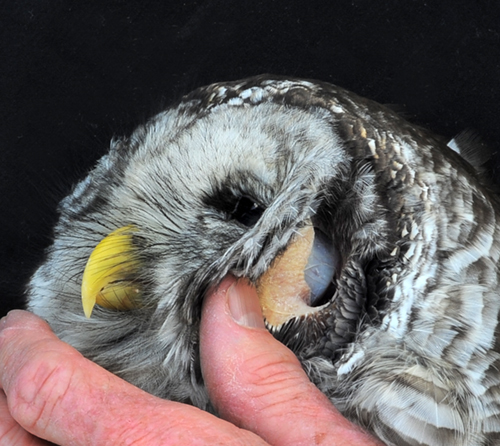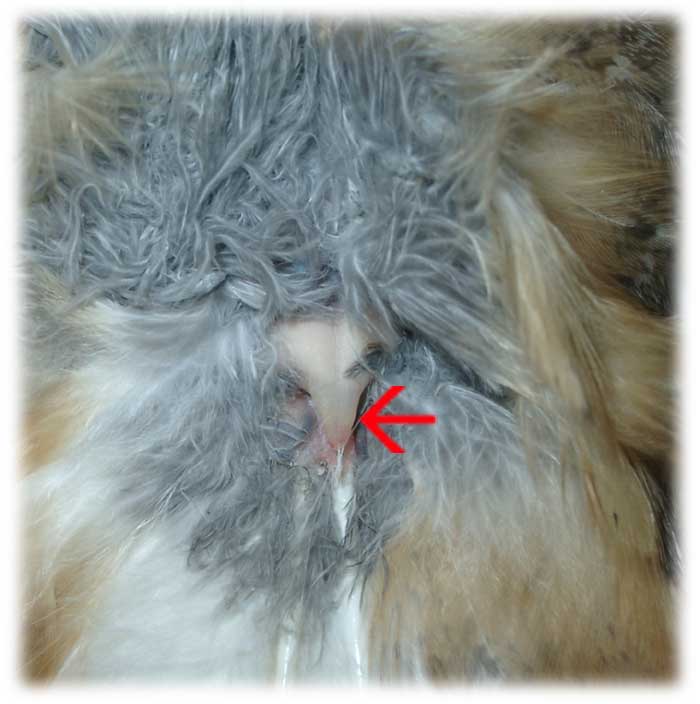Have you seen the commercials for “Big Miracle”? It’s an upcoming movie based off a true story about three whales that become trapped inland due to the rapid formation of ice. It’s up to the people of a nearby small town in Alaska to band together and help lead the whales to the safety of open ocean.
I have mixed feelings about this movie. It has John Krasinski, so that’s a plus. It has a “save the whales” message, which is great. But other than that, the trailer has turned me off. Drew Barrymore’s obnoxious cadence paired with the “distressed” face that accompanies all her lines might have something to do with my distaste. The trailer shows heartwarming scenes that include her diving underwater with the whales, where they gaze into each other’s eyes and share a moment of understanding. In another scene, she pleads with a group of reporters, “They know they’re in trouble. And they’re scared.”
Though I have not seen the movie, I suspect that this line is at the heart of its message. That whales and humans feel the same kind of emotions, and so we need to reach out an understanding hand of compassion to help them. Certainly, we have a duty to help them. These people clearly did the right thing by leading these whales to open water. But it’s important to remember that they are wild animals, and we should help them for that reason. Not because we think they feel “scared.”
An anthropomorphism is when we assign any non-human thing human characteristics. We do it all the time. My sister thinks that her books become sad if she doesn’t read them. I feel, just for an instant, like my phone feels unappreciated every time I drop it. It is simply human to relate to things on our own level. This movie is a prime example.
| I KNOW, I know. How can you resist this face? But you must! |
This really is an issue in such venues as wildlife rehabilitation. People encounter an orphaned baby owl, for example, and feel the need to baby it. They’ll wrap it in blankets, hold it, pet it, hand feed it, etc. Really, they need to present it with food and then scream at it. Or spray it with a water bottle every time they have to handle it. Not to be cruel, but to train the animal to stay away from people. Animals become imprinted when we interact with them more than necessary, and imprints will never be able to function in the wild. It may be greatly satisfying to cuddle a baby owl, it is unethical to the animal and confuses its instincts to flee humans by training them to also depend on us.
While I understand that Drew Barrymore getting in a wetsuit and diving under the ice to go face to face with a whale is good cinema, it is no bueno from a zoological viewpoint. I know, I know, no one wants to see a movie about people who try to interact with whales as little as possible. I’m not saying I wouldn’t love to swim with a whale. But maybe we need to resist our anthropomorphic urges and only interact with wildlife as little as we have to. It would be much less fun for us, but so much better for them.



